I forget the Sun is a star.
I think we all do sometimes. It’s easy to take for granted. The Sun is that glowing thing that rises in the morning and sets in the evening that we don’t generally pay attention to as we go about our day. However, there are these rare moments when we’re reminded that the Sun is truly a STAR – a titanic living sphere of hydrogen smashing plasma a million times the volume of Earth. One of those rare moments for me was standing in the shadow of the 2017 solar eclipse. We had driven down from Vancouver to Madras, Oregon to watch this astronomical freak of nature. A moon hundreds of times smaller than the Sun, but hundreds of times closer, covers the face of the Sun for the majesty of a STAR to be revealed; the fiery maelstrom of the Sun’s atmosphere visible to the naked eye.
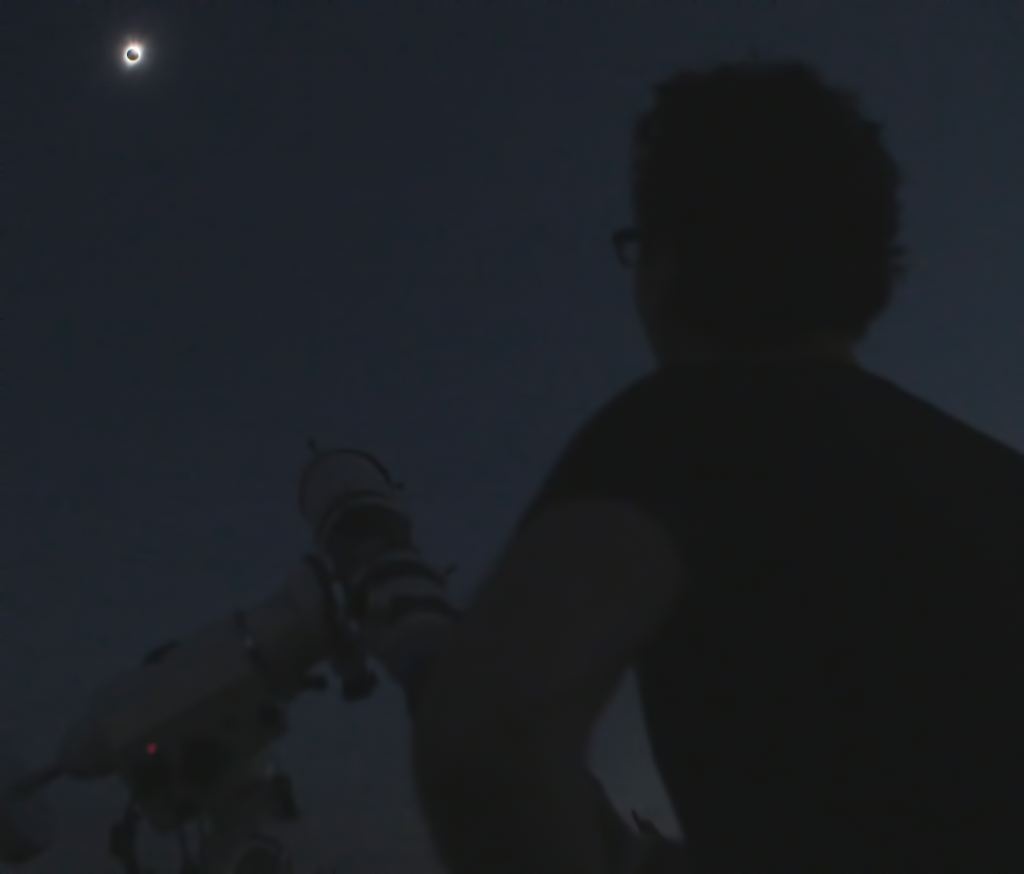
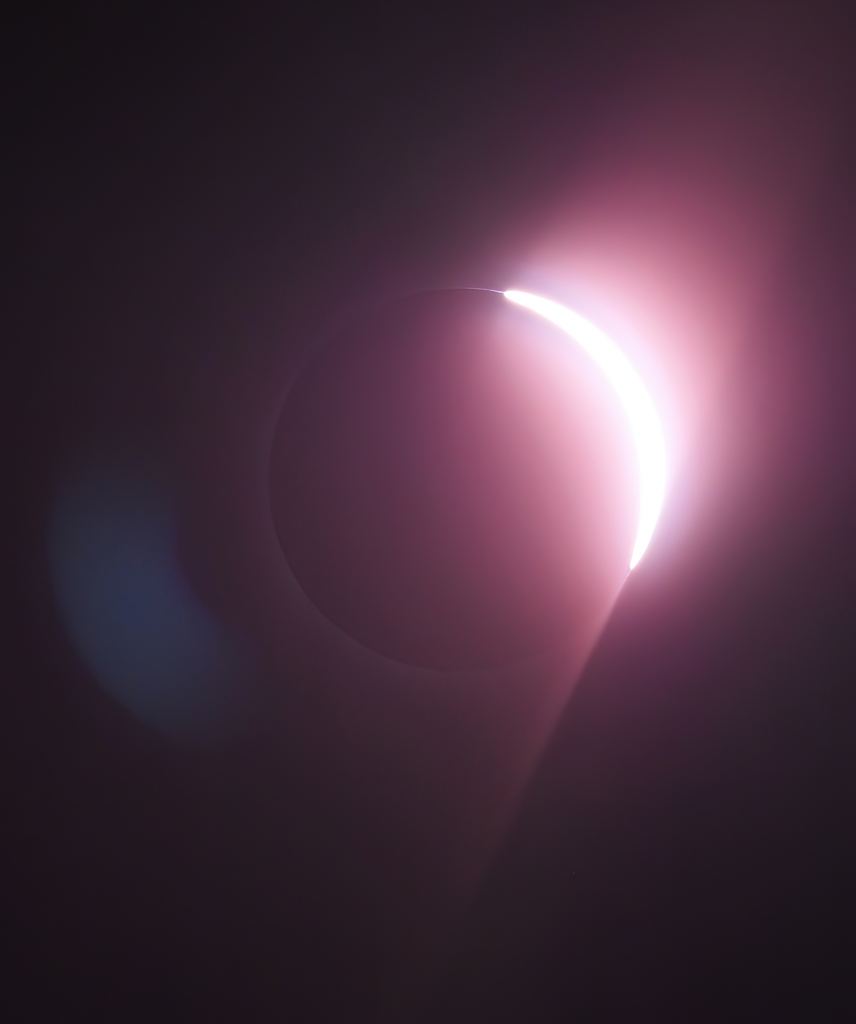
While we have these rare moments when the Sun changes in appearance to us, the Sun is actively changing in appearance all the time. The Sun follows an 11-year cycle between which the magnetic north and south poles of the Sun actually flip. The beginning of each cycle is called a solar minimum. Solar minimum is marked with reduced solar activity like sunspots; cooler “spots” (still larger than Earth) or regions on the Sun’s surface that appear dark in contrast to the brighter hotter regions. The middle of the 11-year cycle is the solar maximum marked by increased solar activity and sunspots. The increased activity can also create coronal mass ejections – huge eruptions of hot plasma into space. Now we can see a whole decade of living Sun all crammed into a one hour time-lapse video made using half a BILLION pictures taken by the orbiting Solar Dynamics Observatory (SDO) in SPAAAACE!
Here’s the mind crushing video. Behold…ten years of our Sun…a living STAR!
The video has some astonishing highlights. At time 6:20, recorded June 7th, 2011 an enormous solar prominence – a bright gaseous feature that reaches high into the Sun’s outer atmosphere – is seen pouring out from the lower right of the Sun. These prominences are large enough to easily swallow a dozen Earths. The most iconic prominence of this solar cycle is recorded at time 13:50 dating to August 31, 2012. At time 26:39 the Sun appears like a Jack O’ Lantern in October of 2014. Most recent is Nov 11, 2019 at time 57:38 where Mercury can be seen transiting (crossing our vantagepoint of the Sun). We will not see Mercury cross the Sun’s face again until 2032. A full listing of other highlights in the video can be found in the video’s description on YouTube.
The Solar Dynamics Observatory, about the size of a cargo truck, is in geosynchronous orbit around the Earth meaning it’s always floating above the same point on the Earth’s surface at an altitude of 36,000 kilometers. The SDO was launched to study just what this video shows – variability of the Sun. Its mission is to help us understand what impact those changes in the Sun have on Earth.
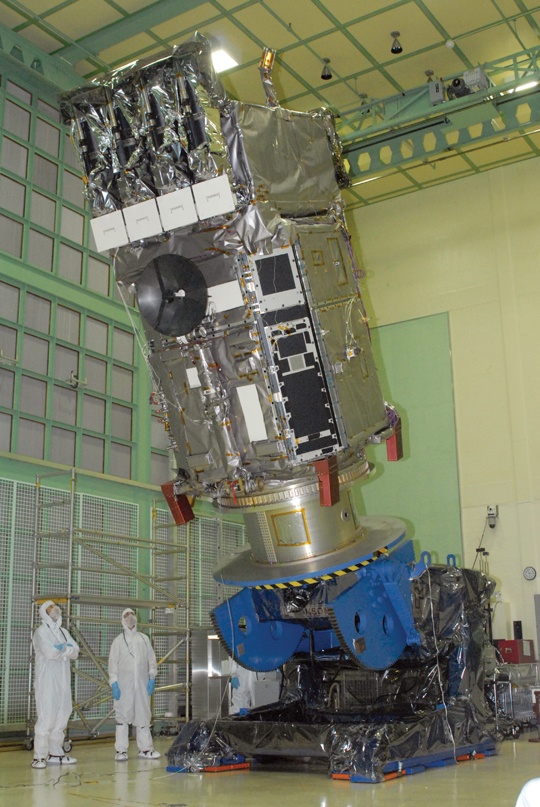
The SDO transmits a colossal amount of information back to Earth. Estimates say it will beam back 50 times more information home than any other NASA mission with pictures 10 times the resolution of HD TV recorded every 0.75 seconds. Those images were used to create the time-lapse. Information recorded by the SDO can help scientists predict “Space Weather;” conditions both in space and on our own planet changed by the Sun’s activity. Monitoring space weather can predict the formation of aurora on Earth. When high energy particles emitted from the Sun interact with our planet, they are caught in Earth’s magnetosphere – the magnetic bubble surrounding the Earth – and are channeled to the magnetic North and South poles. These particles excite gases in our atmosphere causing them to glow which creates the aurora or Northern and Southern Lights. While often benign, these magnetic interactions can become powerful “geomagnetic storms” causing disruptions to communications equipment, crashing computer systems, and could be hazardous to astronauts in orbit and even airplane passengers as there is less atmosphere available for protection. We live in a delicate balance with the Sun which is the source of energy for life on our planet. However, the Sun can be dangerous – it is a STAR after all! Knowing that Earth is going to be impacted by solar activity in advance could help protect equipment, humans, and let you plan a trip out of the city to catch the beautiful light show.
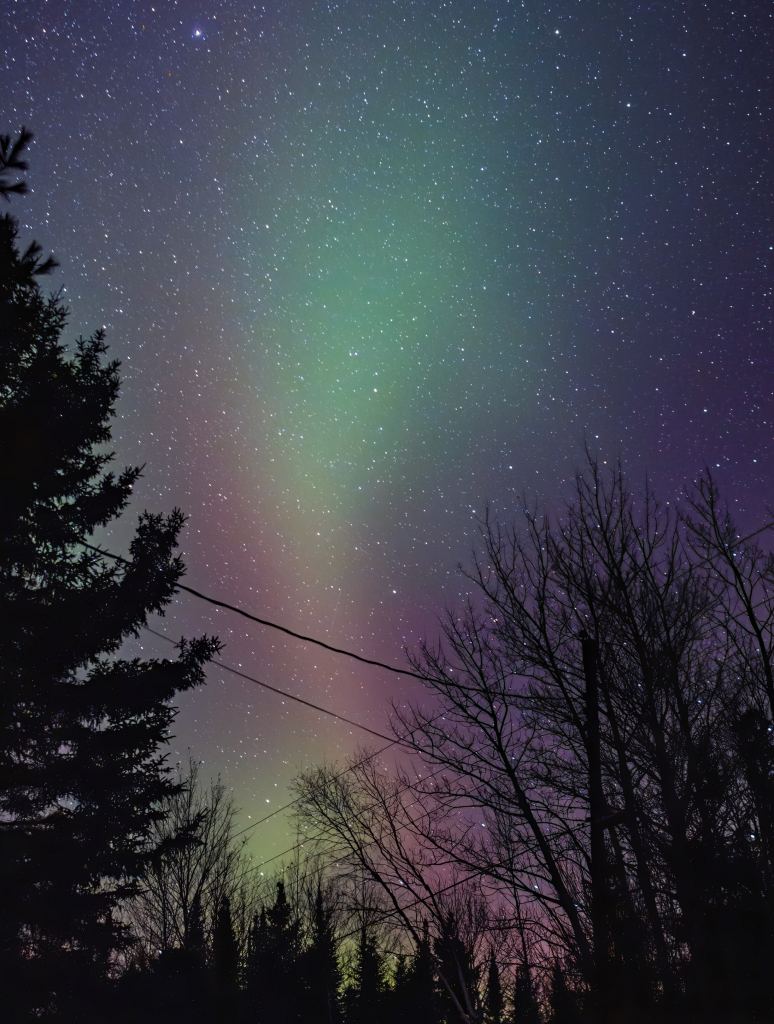
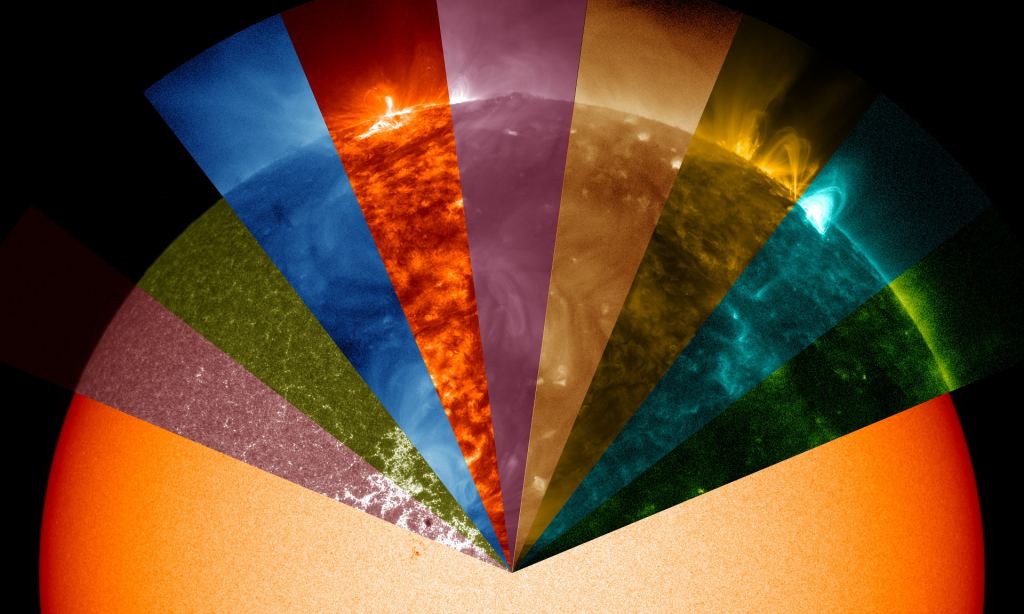
What else is there to learn? The Solar Dynamics Observatory is limited to a view of the Sun’s equatorial regions and can’t see the Sun’s Northern and Southern Poles. As a compliment to the SDO, the European Space Agency created the Solar Orbiter, a probe that orbits the Sun itself rather than being locked in geostationary orbit like the SDO. Since the Solar Orbiter travels around the Sun, it can see different regions of the Sun that the SDO can’t such as the poles. Solar Orbiter, launched February 2020, completed its first close approach of the Sun just this past June 15th at 77 million kilometers – half the distance Earth normally orbits. Imagine that! A space craft travelling thousands of km/h still takes months to close the distance to the Sun, and yet the Sun is still powerful enough to burn your skin even from 150 million kilometers away. As a shake-down pass, the Solar Orbiter is testing six telescopes used for imaging the Sun. These first photos are expected mid-July, (soon!), and will be the closest photos ever taken of the Sun. The probe will get as close as 42 million kilometers which is within the orbit of Mercury. Stay tuned for those first pictures!
Further Reading:
NASA: Ten Things We’ve Learned About the Sun From NASA’s SDO This Decade
Universe Today: Destructive Super Solar Storms Hit Us Every 25 Years or So


Press briefing presenting first images at 08:00 EDT/ 12:00 UT Thursday 16 July 2020.
https://www.esa.int/Science_Exploration/Space_Science/Solar_Orbiter/Watch_Solar_Orbiter_first_image_release